Active Learning Strategies with the PGDA
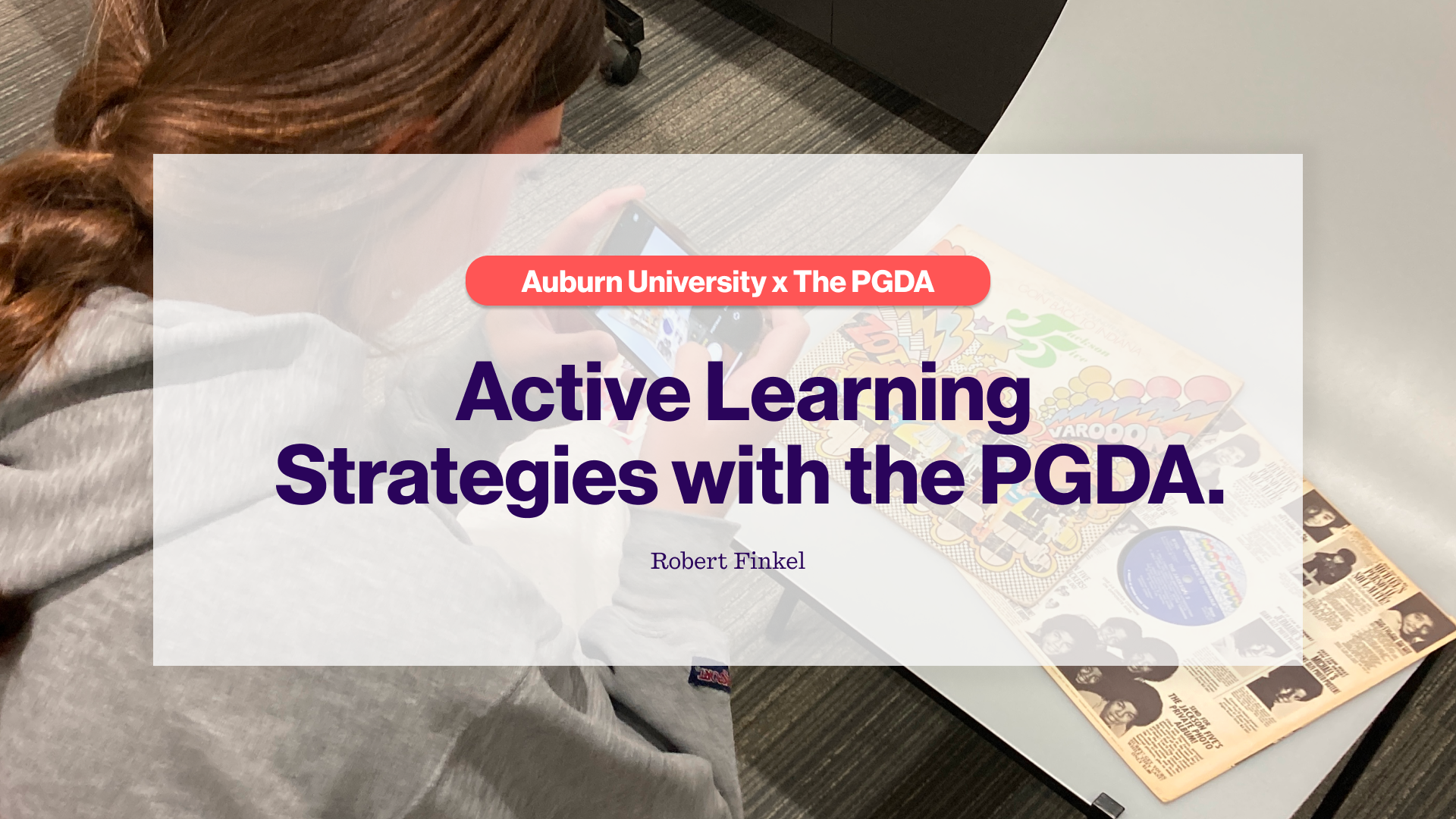
In my first year of teaching, I was assigned to teach our program’s Graphic Design History course. As a new professor fresh out of graduate school and with only a few years of professional practice before that, I relied on the traditional graphic design history texts. Here were seemingly comprehensive textbooks that came with a range of course materials that provided me the support and confidence to implement 16 weeks’ worth of instruction. Yet, it was immediately obvious that what was missing from those texts was more notable than what was included.
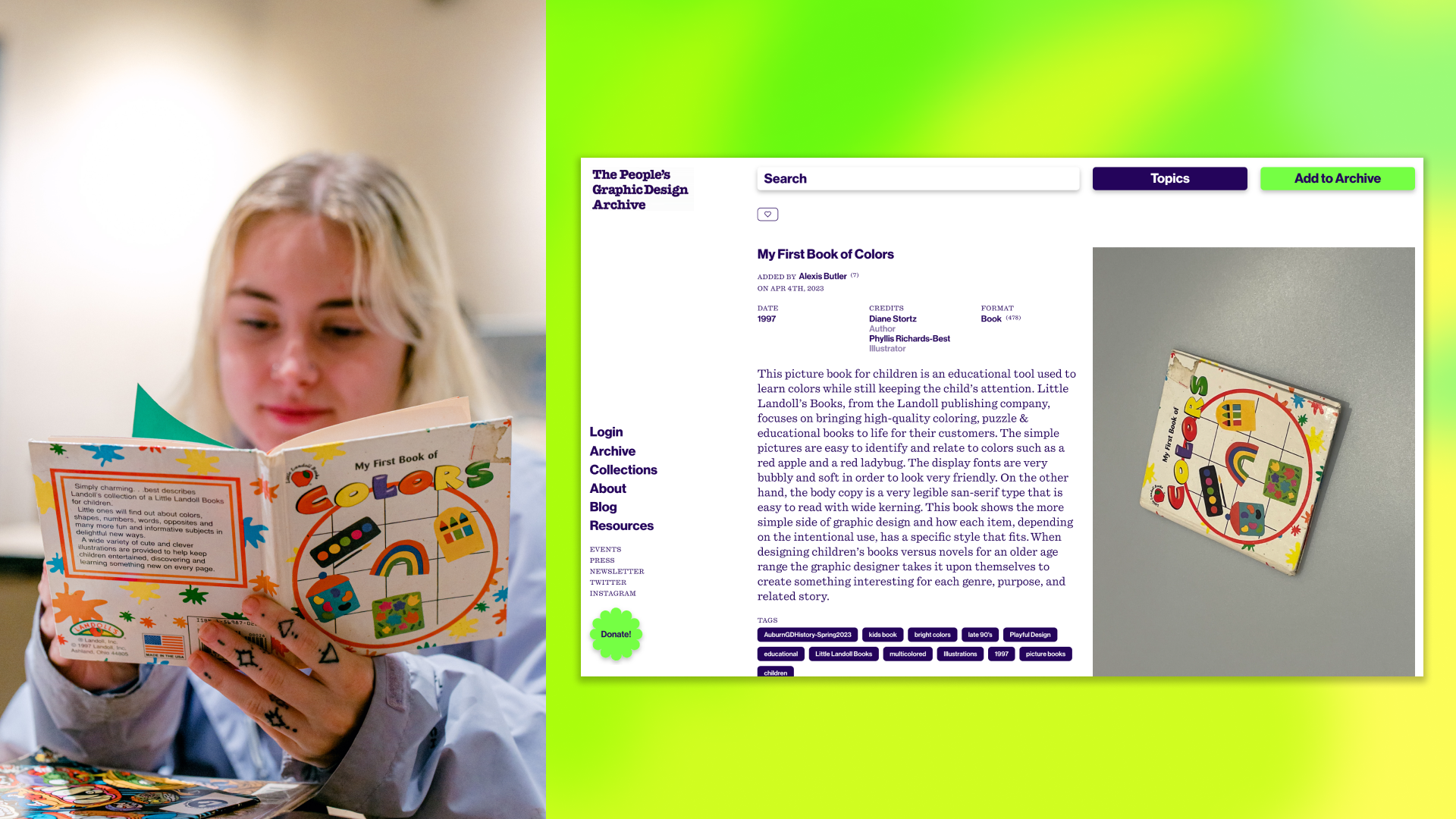
Eleven years later I still teach graphic design history and over that period I have edited, revised, and rethought the class every semester to make the course more relevant and applicable to my students’ personal and educational lives and to make it more engaging.. This has meant that each year the course has evolved to be less traditional, more inclusive, and to the degree that I am able to do so, less biased.
This past spring, with the help of our college’s librarian, Kasia Leousis, and PGDA co-director and Auburn Graphic Design Alumna, Morgan Searcy, a new research assignment was introduced to the class. The students enrolled in GDES-3710, Graphic Design History, were broken into fifteen teams. Their goal was to individually collect artifacts that they thought merited inclusion into the historical canon. Following the criteria set forth by the PGDA, objects had to be ten years or older, were not created by known design luminaries, and could not repeat works that were already included on the PGDA website.
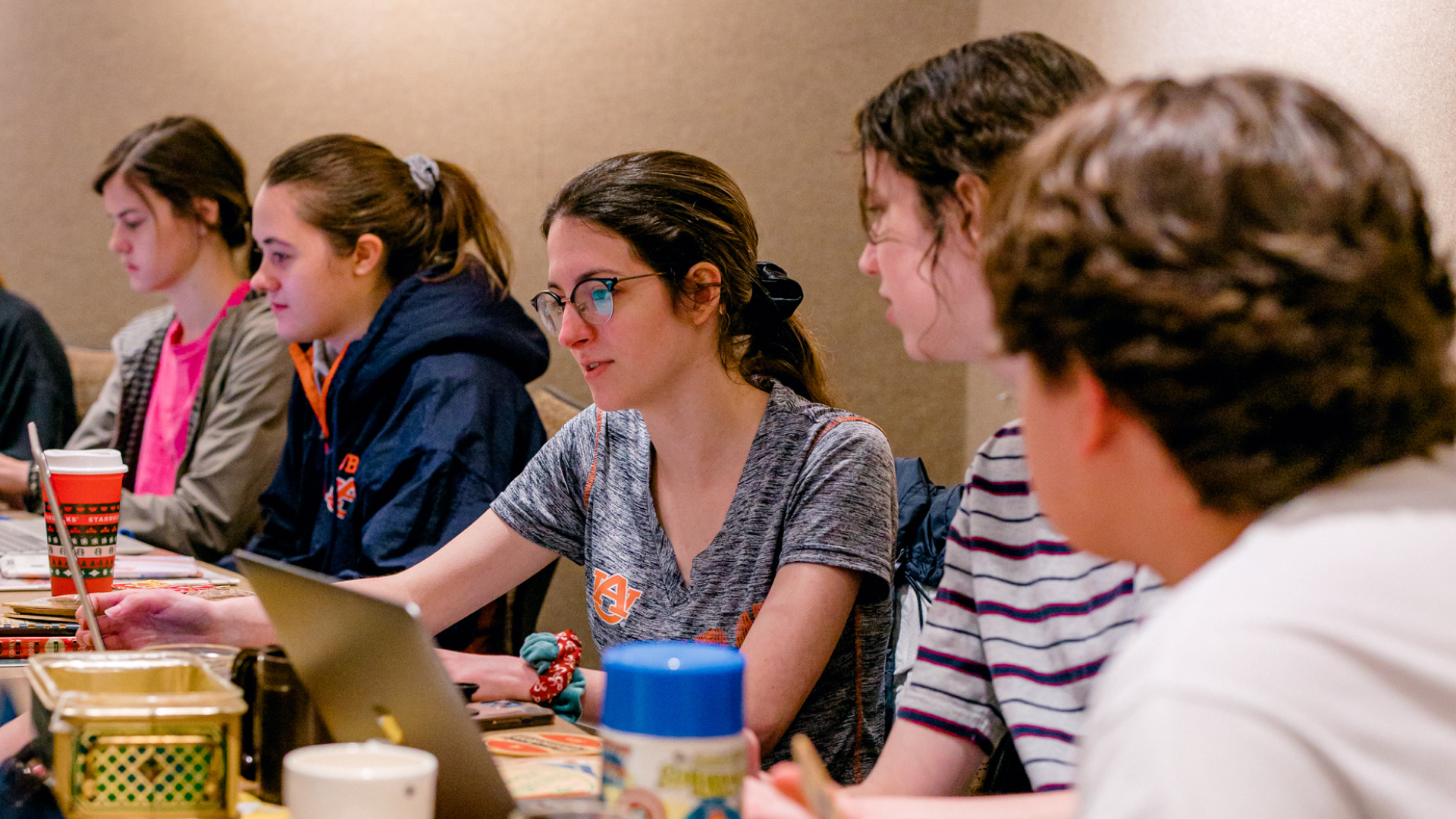
From board games to video games, print ads to motion graphics, the objects reflected student’s interests and revealed their curatorial perspectives. Under the guidance of Kasia, Morgan, and myself, they analyzed, documented, uploaded, and were asked to reflect on how each object related to the broader technical, aesthetic, or historical themes we had been studying in class throughout the semester.
At the end of the project, the teams were challenged to identify a unified theme in their collection. For some this meant continuing to search for objects that could complete the narratives that were taking shape and for others it was more self-evident through subject matter, formal properties, or time period. At the end of the assignment, each team developed a thesis statement that was supported by their visual examples. The teams gave a final presentation to the class and created a large-scale digital display of their research that is on exhibit at Auburn University’s main library.
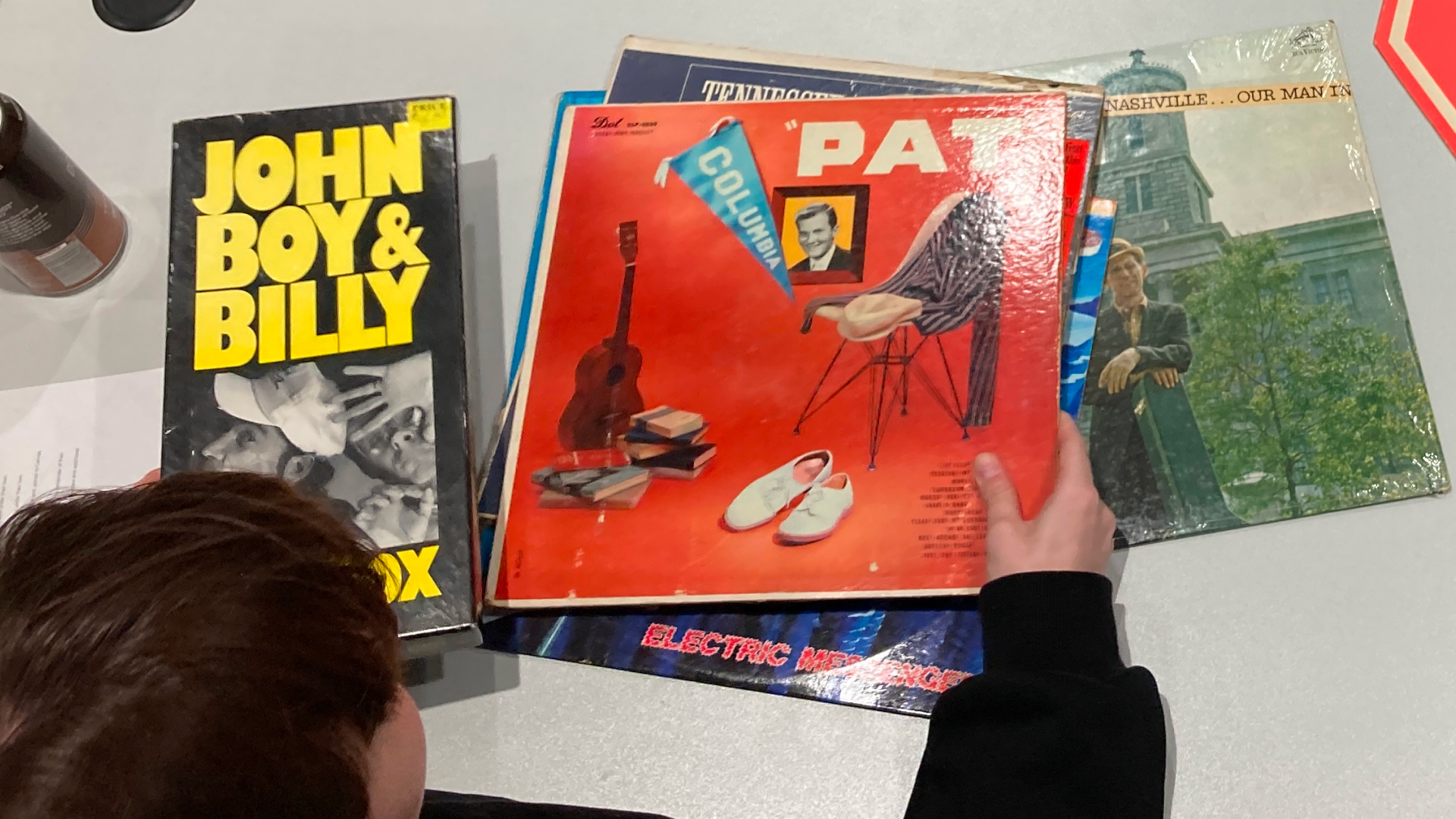
I look forward to including this project in next year’s design history class and I’m thrilled to see how the PGDA continues to be added to and how it is influencing design education. It is a resource that for my students and me inspires a new approach to studying history through collaborative research methods and active and engaged learning strategies.
View the Spring History Class’ collection on The Archive by searching ‘Auburn GDHistory - Spring2023’
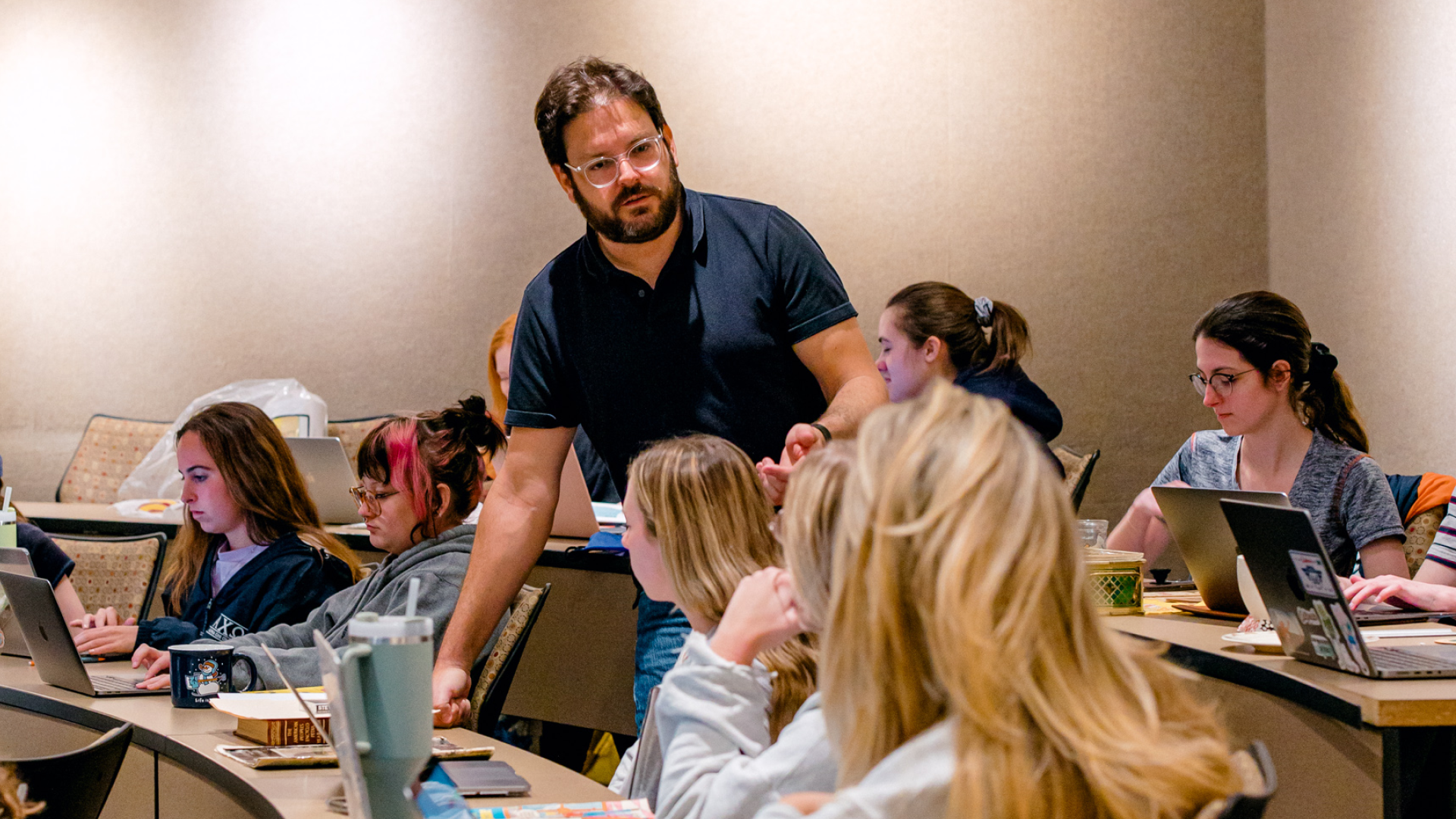
Robert Finkel is a designer and educator at Auburn University. As an Associate Professor of Graphic Design he teaches courses in Typography, Graphic Design History, and Visual Identity. He is the co-author of the book The IBM Poster Program: Visual Memoranda published by Lund Humphries.
@rjfinkel on instagram.